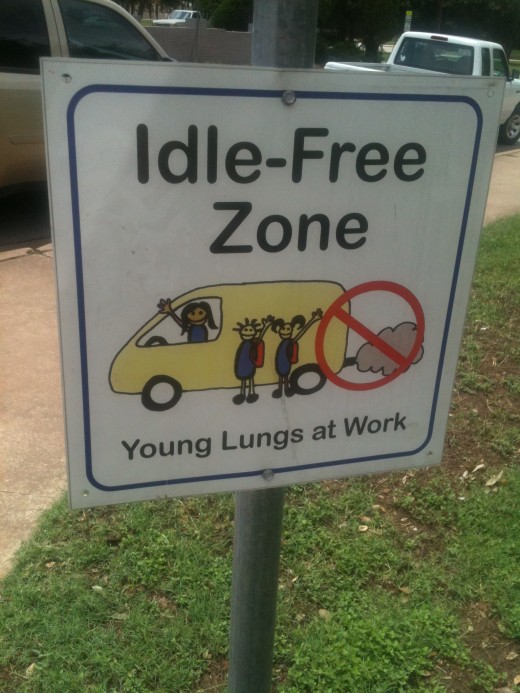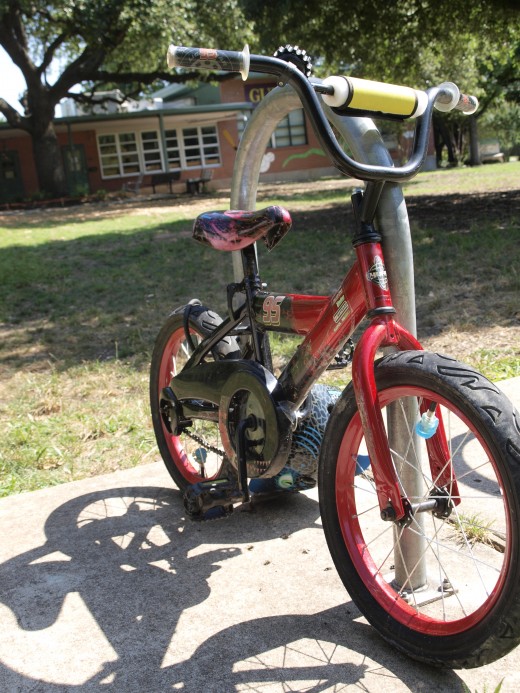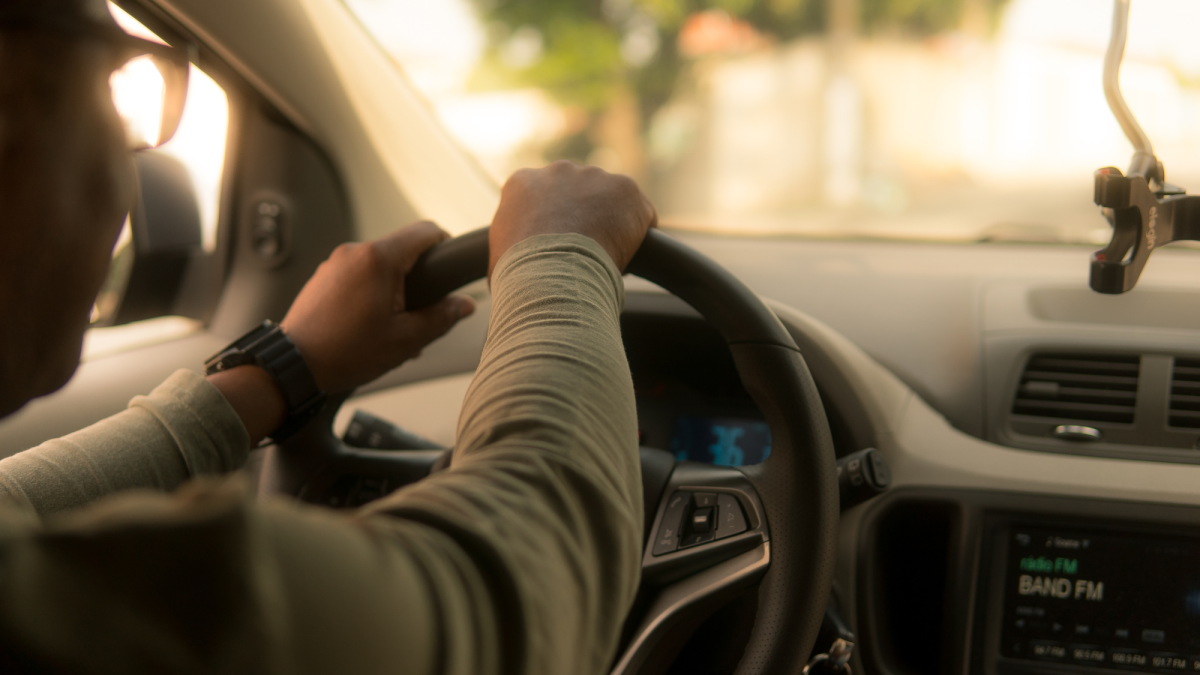No Idling, Please - How to create a no-idling zone at your school

Cars and school buses waiting in front of the school with the engine running - not only is this a waste of money, it’s a waste of gas, it pollutes the air our kids breathe, and it generates greenhouse gases. You can stop this (or at least reduce it) by creating a no-idling zone at your school. It can be as easy as putting an announcement in your school newsletter or posting a sign.
Facts:
· Idling your engine for more than 10 seconds takes more gas than turning it off and restarting it.
· Idling for ten minutes per day for the entire school year (180 days), the average car uses 4.68 gallons of gas and produces about 100 pounds of carbon dioxide, the primary greenhouse gas.
· Unless it’s below freezing, cars don’t need to be idled to warm up in winter.
· Car exhaust has been linked to an increased rate of asthma in children and adults.
Our PTA Green Team decided to work to reduce car idling at our school. When we presented the idling problem (idling cars, not idling students) to our Kids’ Going Green Club, the kids came up with the idea of giving tickets to offenders. While I’m sure the kids would have had a great time, nabbing people in the act, we decided to use a more informative approach.
Club members helped to create no idling pledge sheets for everyone to bring home (three to a page, double-sided, to save paper). One side had the above information about idling, and the other side had a pledge for the parents to sign, promising not to idle. When signed pledges were returned, we posted them in the hallway. You could make them in the shape of leaves, to attach to a paper trunk, if you like.
In our club, we also created a no-idling worksheet with math problems for the kids to work out how much gas really is wasted when all of those cars idle even for as little as ten minutes all school year. My favorite question: How many miles per gallon do you get while you’re idling? ZERO! We reinforced our message with a notice on our school's email newsletter.
The results were fantastic. One parent said that it was the most effective thing we did all year. Once she signed that paper, she felt horrible when she did idle, and her kids reminded her. She even avoided drive-thrus, opting to park and go inside instead.

You can post signs along your drop-off and pickup lanes. There are several online retailers who sell them. Metal signs run about $25-$40. Check with your school or district to see if they will provide them for you.
Many states and cities have no-idling campaigns or even regulations throughout the country, and some will provide free “no idling” bumperstickers, signs, and promotional materials that you can order or download. Do an internet search with the name of your state or city and “no idling” to see what resources are available to you.
If your school has a significant amount of school bus traffic, it is probably also worth your time to directly ask bus drivers not to idle while they're parked near the school. If this doesn't work, you might consider meeting with the transportation department of your school or district to discuss the issue.
Facts to consider:
- a typical idling school bus consumes approximately a half-gallon of fuel per hour
- extended idling can damage a bus' engine; manufacturers recommend no more than 3-5 minutes
- lights, signs, and other bus safety equipment can be run off of the battery (without the engine running ) for up to an hour
Finally, the best way to reduce idling is to replace cars and buses altogether with more earth-friendly modes of transportation. Make sure there are plenty of bike racks, and that approaching the school on foot or bike is safe and easy. Our school has "Walk or Bike on Wednesdays", when kids and parents are encouraged to leave the car at home and come to school fueled by breakfast, instead of gas.
You may not be able to stop all cars and buses from idling near your school, but informing parents and bus drivers about the effects that idling can have on the environment, the health of children, and their budget will help them make an informed decision. It should will result in a significant reduction the number of idling vehicles in your school zone and improve the air quality near the school. Good luck!
- Anti-idling | Clean School Bus USA | US EPA
Information on idling emissions from school bus engines and how to reduce them. Clean School Bus USA is a public-private environmental partnership that seeks to reduce children's exposure to air pollution from diesel school buses.
- Idle Free Schools | Region 8 | US EPA
Information about car idling and schools. How to start an idling reduction campaign at your school.
- What's in your school's trash? And why should you ca...
School trash - what's in it, where it goes, and why you should know. - Green Schools - Starting Your Green Team
How to start a green team at your school. Taking the first step towards more sustainable school practices.








